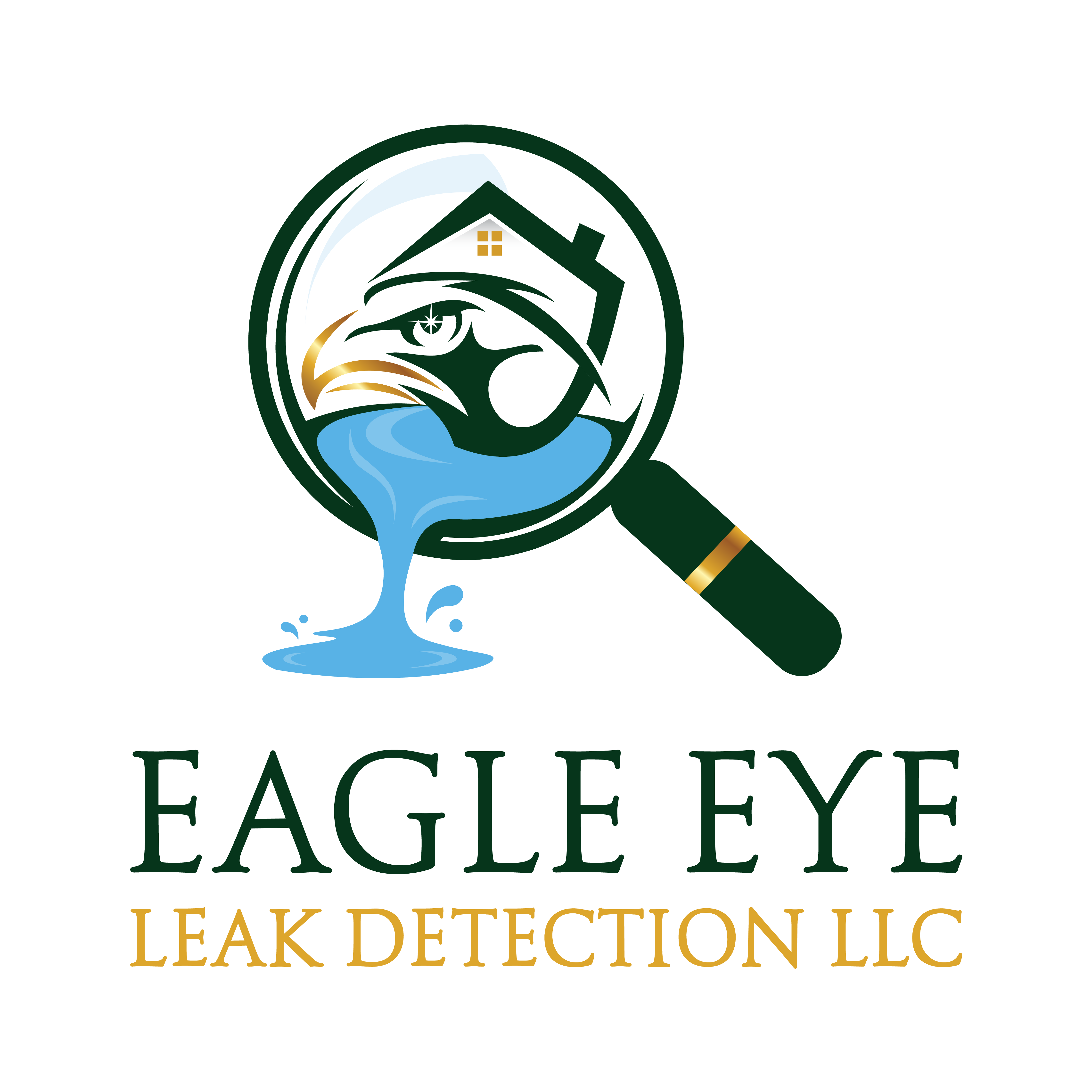Passes Leak: What You Need To Know And How To Protect Yourself
Ever heard about passes leak? Well, let me break it down for you. In today's digital age, data breaches have become more common than you'd think. From passwords to personal information, hackers are finding ways to exploit vulnerabilities in systems. And guess what? Passes leaks are right at the center of this chaos. So, buckle up because we're diving deep into the world of data breaches, and I’ll show you how to stay safe in this digital jungle.
Now, you might be thinking, "What exactly is a passes leak?" Simply put, it's when unauthorized individuals gain access to sensitive information, like passwords, usernames, or even personal details. This can happen due to weak security measures or even human error. Companies big and small have fallen victim to these breaches, leaving millions of users exposed.
But don’t panic just yet. Knowledge is power, and in this article, we’re going to equip you with everything you need to know about passes leaks. From understanding the causes to learning how to protect yourself, we’ve got your back. So, let’s get started, shall we?
- Did Whoopi Goldberg Pass Away In 2024 The Real Story Behind The Rumors
- Crazyjamjam Of Leaks Unveiling The Chaos Behind The Curtain
What Exactly Are Passes Leaks?
Passes leaks refer to the unauthorized exposure of login credentials, such as passwords and usernames, from databases or systems. These leaks often occur when cybercriminals exploit security flaws or use hacking techniques to gain access to sensitive information. Once they’ve breached the system, they can sell or distribute this data on the dark web, putting countless individuals at risk.
Here’s the kicker: passes leaks aren’t just limited to small companies. Big names like Adobe, LinkedIn, and even Facebook have experienced massive data breaches. In fact, according to a report by IBM, the average cost of a data breach in 2022 was a whopping $4.35 million. That’s a lot of damage, both financially and reputation-wise.
How Do Passes Leaks Happen?
Now that we know what passes leaks are, let’s talk about how they happen. There are several ways cybercriminals can breach a system and steal sensitive information. Here are some of the most common methods:
- Meet Mackenzie Davis Husband A Deep Dive Into Her Personal Life And Love Story
- Camila Onlyfans The Ultimate Guide To Her Journey Content And Success
- Phishing Attacks: These are scams where attackers trick users into giving away their login credentials through fake emails or websites.
- SQL Injection: Hackers exploit vulnerabilities in a website's database by injecting malicious code, allowing them to access sensitive data.
- Malware: Malicious software can be installed on a device without the user’s knowledge, giving attackers access to personal information.
- Brute Force Attacks: This involves trying different password combinations until the correct one is found.
These methods might sound scary, but the good news is that they can be prevented with the right security measures in place. Let’s dive into that next.
Why Are Passes Leaks Dangerous?
Passes leaks can have serious consequences for both individuals and organizations. For individuals, it means your personal information could fall into the wrong hands, leading to identity theft, financial fraud, or even harassment. Imagine waking up one day to find someone has accessed your bank account or made unauthorized purchases in your name. Not a pleasant thought, right?
On the organizational level, passes leaks can result in hefty fines, legal action, and a damaged reputation. Companies are entrusted with protecting their customers’ data, and failing to do so can lead to a loss of trust. In some cases, it can even lead to the downfall of a business.
According to a study by Verizon, 81% of hacking-related breaches involve stolen or weak passwords. This highlights just how crucial it is to take password security seriously. But how can you protect yourself? Let’s find out.
How to Protect Yourself from Passes Leaks
Protecting yourself from passes leaks starts with adopting good cybersecurity practices. Here are some tips to help you stay safe:
- Use Strong, Unique Passwords: Avoid using simple passwords like "123456" or "password." Instead, opt for complex combinations of letters, numbers, and symbols.
- Enable Two-Factor Authentication (2FA): This adds an extra layer of security by requiring a second form of verification, such as a code sent to your phone.
- Regularly Update Software: Keep your operating system, applications, and antivirus software up to date to patch any security vulnerabilities.
- Be Wary of Phishing Scams: Always double-check the sender’s email address and avoid clicking on suspicious links.
Remember, cybersecurity is a shared responsibility. While companies need to implement robust security measures, users also play a vital role in protecting their own data.
Tools to Check If Your Credentials Have Been Leaked
There are several tools available that can help you check if your credentials have been compromised in a passes leak. One of the most popular is Have I Been Pwned, a website that allows you to search for your email address or username across known data breaches. If you find that your information has been leaked, it’s important to act quickly by changing your passwords and enabling 2FA.
Another useful tool is Google’s Password Checkup, which alerts you if any of your saved passwords have been compromised. These tools are free and easy to use, making them accessible to everyone.
Legal Implications of Passes Leaks
Passes leaks don’t just have personal and financial consequences; they can also lead to legal issues. Depending on the jurisdiction, companies may be required to notify affected individuals and take steps to mitigate the damage. Failure to comply with these regulations can result in hefty fines and lawsuits.
In the United States, for example, the General Data Protection Regulation (GDPR) imposes strict requirements on how companies handle personal data. Under GDPR, companies must report data breaches within 72 hours and take steps to protect user information. Similar laws exist in other countries, emphasizing the importance of data protection.
Steps Companies Can Take to Prevent Passes Leaks
Preventing passes leaks requires a multi-layered approach. Here are some steps companies can take to safeguard user data:
- Implement Strong Encryption: Encrypt sensitive data both in transit and at rest to make it harder for attackers to access.
- Conduct Regular Security Audits: Identify and address vulnerabilities before they can be exploited.
- Train Employees: Educate staff on cybersecurity best practices to reduce the risk of human error.
- Limit Access to Sensitive Data: Only grant access to those who absolutely need it to perform their job functions.
By taking these proactive measures, companies can significantly reduce the risk of passes leaks and protect their users’ data.
Real-World Examples of Passes Leaks
Let’s take a look at some real-world examples of passes leaks to see just how widespread this issue is. One of the most infamous breaches occurred in 2013 when Adobe suffered a massive data breach that exposed the credentials of over 150 million users. The attackers were able to access usernames, encrypted passwords, and even credit card information.
Another notable breach happened in 2016 when LinkedIn was hacked, resulting in the theft of over 167 million user accounts. The stolen data was later sold on the dark web, putting millions of users at risk. These examples highlight the importance of taking data security seriously.
Lessons Learned from These Breaches
From these breaches, we can learn several important lessons:
- Invest in Cybersecurity: Companies must prioritize cybersecurity and allocate sufficient resources to protect user data.
- Stay Informed: Keep up with the latest threats and trends in cybersecurity to stay one step ahead of attackers.
- Be Transparent: When a breach occurs, companies should be transparent with their users and take immediate action to address the issue.
These lessons are crucial for both individuals and organizations looking to protect themselves from passes leaks.
The Future of Cybersecurity
As technology continues to evolve, so do the methods used by cybercriminals. The rise of artificial intelligence and machine learning is bringing new challenges to the world of cybersecurity. Attackers are using these technologies to develop more sophisticated hacking techniques, making it harder for companies to stay ahead.
However, these same technologies can also be used to enhance cybersecurity measures. AI-powered systems can detect and respond to threats in real-time, providing a stronger defense against passes leaks and other cyberattacks. The key is to stay informed and adapt to these changes as they occur.
Emerging Trends in Cybersecurity
Here are some emerging trends in cybersecurity that could shape the future:
- Zero Trust Architecture: This approach assumes that no user or device can be trusted by default, requiring continuous verification.
- Blockchain Technology: Blockchain can be used to create secure, decentralized systems that are resistant to hacking.
- Quantum Computing: While still in its early stages, quantum computing has the potential to revolutionize cybersecurity by breaking current encryption methods.
These trends show just how dynamic the field of cybersecurity is, and how important it is to stay ahead of the curve.
Conclusion
In conclusion, passes leaks are a serious threat that can have far-reaching consequences for both individuals and organizations. By understanding how they happen and taking the necessary precautions, you can protect yourself from falling victim to these breaches. Remember to use strong passwords, enable 2FA, and stay informed about the latest threats.
So, what are you waiting for? Take action today and make sure your data is safe. Share this article with your friends and family to help them stay protected too. And if you have any questions or comments, feel free to drop them below. Let’s work together to create a safer digital world!
Table of Contents
- What Exactly Are Passes Leaks?
- How Do Passes Leaks Happen?
- Why Are Passes Leaks Dangerous?
- How to Protect Yourself from Passes Leaks
- Legal Implications of Passes Leaks
- Real-World Examples of Passes Leaks
- The Future of Cybersecurity
- Mark Levin Hands Shaking The Story Behind The Trembling Hands
- Did Whoopi Goldberg Pass Away In 2024 The Real Story Behind The Rumors

Ensuring a LeakFree Future The Role of Mechanical Seals in Process

AEASIA Leak Understanding The Fallout TAMU

Bunni Emmie Leak The Complete Guide TAMU